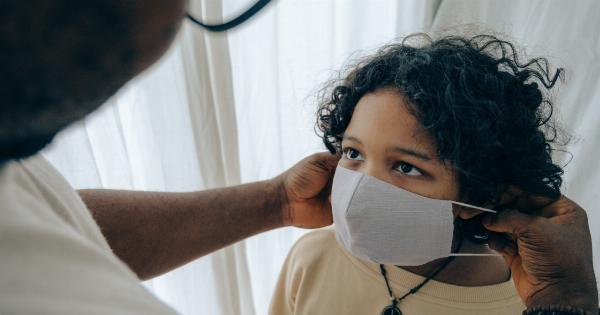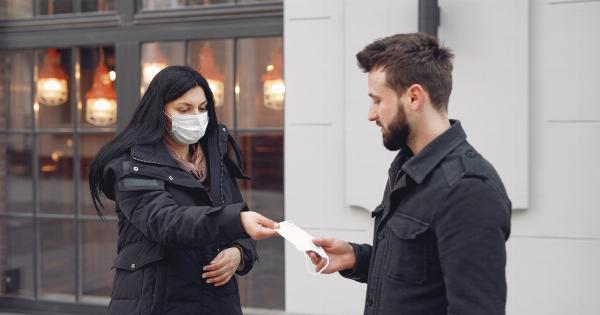The Koxaki virus, also known as Coxsackievirus, is a type of virus that belongs to the Enterovirus family.
This virus can cause a wide range of illnesses, including hand, foot, and mouth disease, as well as various other infections such as meningitis, myocarditis, and pericarditis. It is important to understand the diagnosis and treatment options available for this virus to ensure timely and effective management of the symptoms. In this article, we will delve into the details of Koxaki virus diagnosis and treatment.
Diagnosis of Koxaki Virus
1. Clinical Evaluation: The diagnosis of Koxaki virus infection begins with a thorough clinical evaluation of the patient’s symptoms and medical history.
Common symptoms associated with Koxaki virus include fever, sore throat, rash, headache, and muscle aches. The presence of characteristic symptoms can provide valuable clues for diagnosis.
2. Physical Examination: A physical examination can help identify clinical signs associated with Koxaki virus, such as oral ulcers, rashes, and lesions on the hands and feet.
The presence of these physical manifestations can further support the diagnosis.
3. Laboratory Tests: In some cases, laboratory tests may be necessary to confirm the diagnosis of Koxaki virus. The following tests can be performed:.
a) Polymerase Chain Reaction (PCR): PCR is a highly sensitive laboratory technique that can detect the presence of Koxaki virus genetic material in various body fluids, such as throat swabs, stool samples, or cerebrospinal fluid for meningitis cases.
b) Viral Culture: Viral culture involves growing the Koxaki virus in laboratory cell cultures. This method helps in the identification and isolation of the virus, providing a definitive diagnosis.
c) Serological Tests: Serological tests involve testing the patient’s blood for the presence of specific antibodies against the Koxaki virus.
This type of testing can determine whether the patient has been previously exposed to the virus and has developed an immune response.
Treatment Options for Koxaki Virus
1. Supportive Care: Most cases of Koxaki virus infection are self-limiting, and treatment mainly focuses on relieving symptoms and providing supportive care.
This includes rest, drinking plenty of fluids to prevent dehydration, and taking over-the-counter pain relievers to manage fever and pain.
2. Antiviral Medications: Currently, no specific antiviral medications are available to treat Koxaki virus infections. However, research is ongoing to develop effective antiviral treatments targeting this virus.
3. Symptomatic Relief: Various measures can help alleviate specific symptoms associated with Koxaki virus infections. For example, mouth rinses or sprays can provide relief from sore throat and oral ulcers.
Topical creams or ointments may be recommended to soothe rashes or lesions on the hands and feet.
4. Hospitalization: In severe cases of Koxaki virus infection, such as myocarditis or meningitis, hospitalization may be required.
Hospital-based treatment options include intravenous fluids, antipyretics, pain management, and close monitoring of vital signs.
Prevention and Precautions
1. Hand Hygiene: Regular handwashing with soap and water for at least 20 seconds can significantly reduce the risk of Koxaki virus infection.
Hand sanitizers with at least 60% alcohol content can be used when soap and water are not readily available.
2.
Personal Hygiene: Encouraging good personal hygiene practices, such as avoiding close contact with infected individuals, covering the mouth and nose while coughing or sneezing, and properly disposing of tissues or other personal items, can help prevent the spread of the virus.
3. Environmental Hygiene: Cleaning and disinfecting frequently touched surfaces, toys, and objects can help eliminate the virus from the environment and reduce the risk of transmission.
4. Vaccination: Currently, there is no specific vaccine available for Koxaki virus infections. However, vaccines are available for some other types of Enteroviruses, such as poliovirus and some strains of coxsackievirus.
Consultation with healthcare professionals can provide guidance on vaccination options.






























